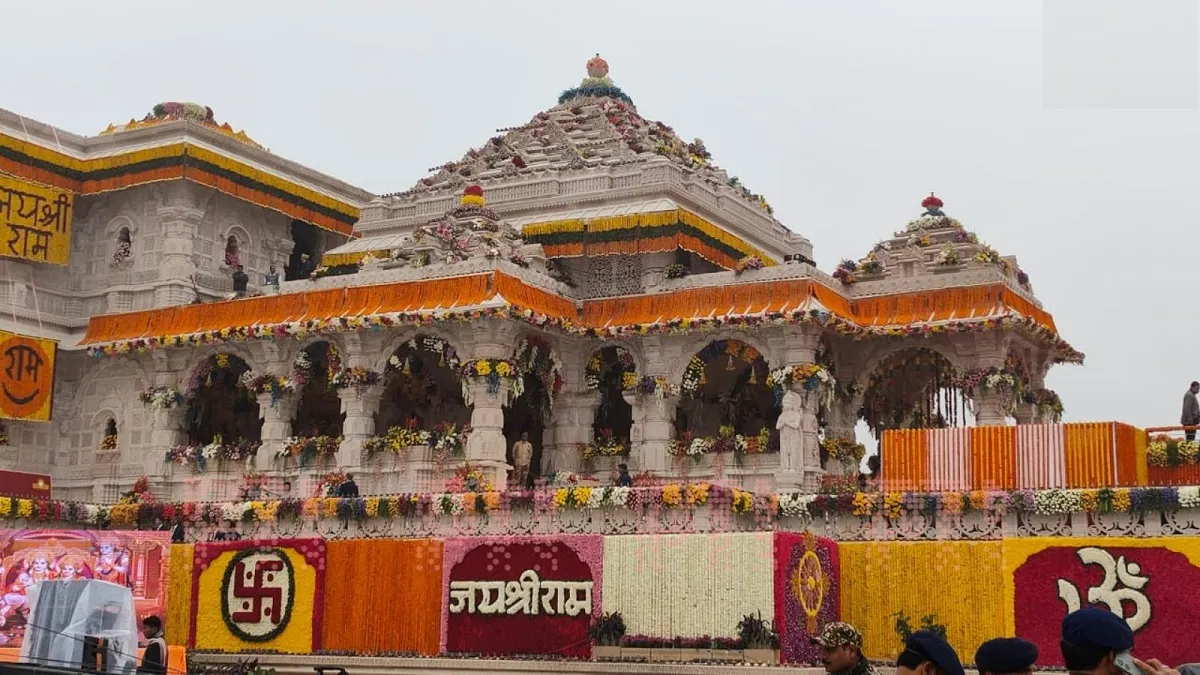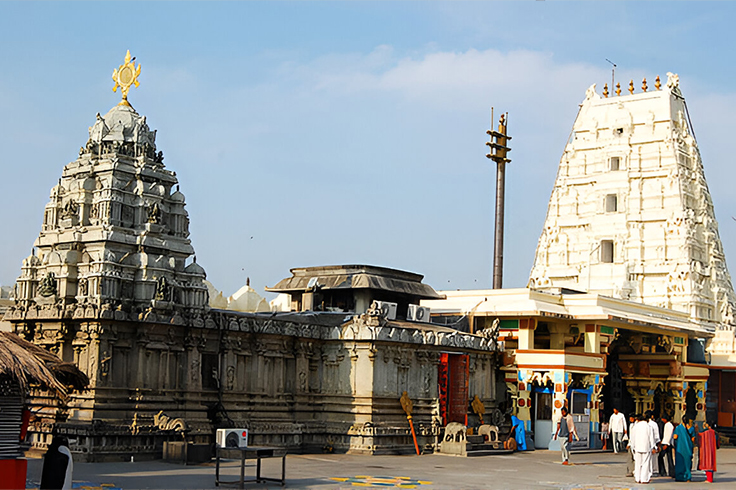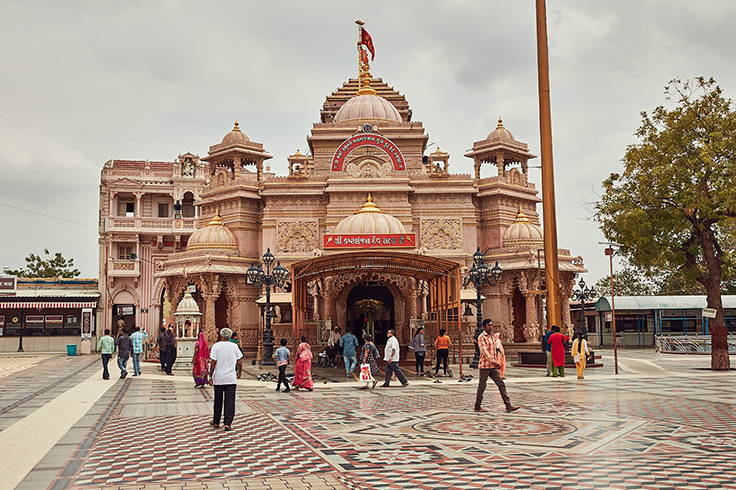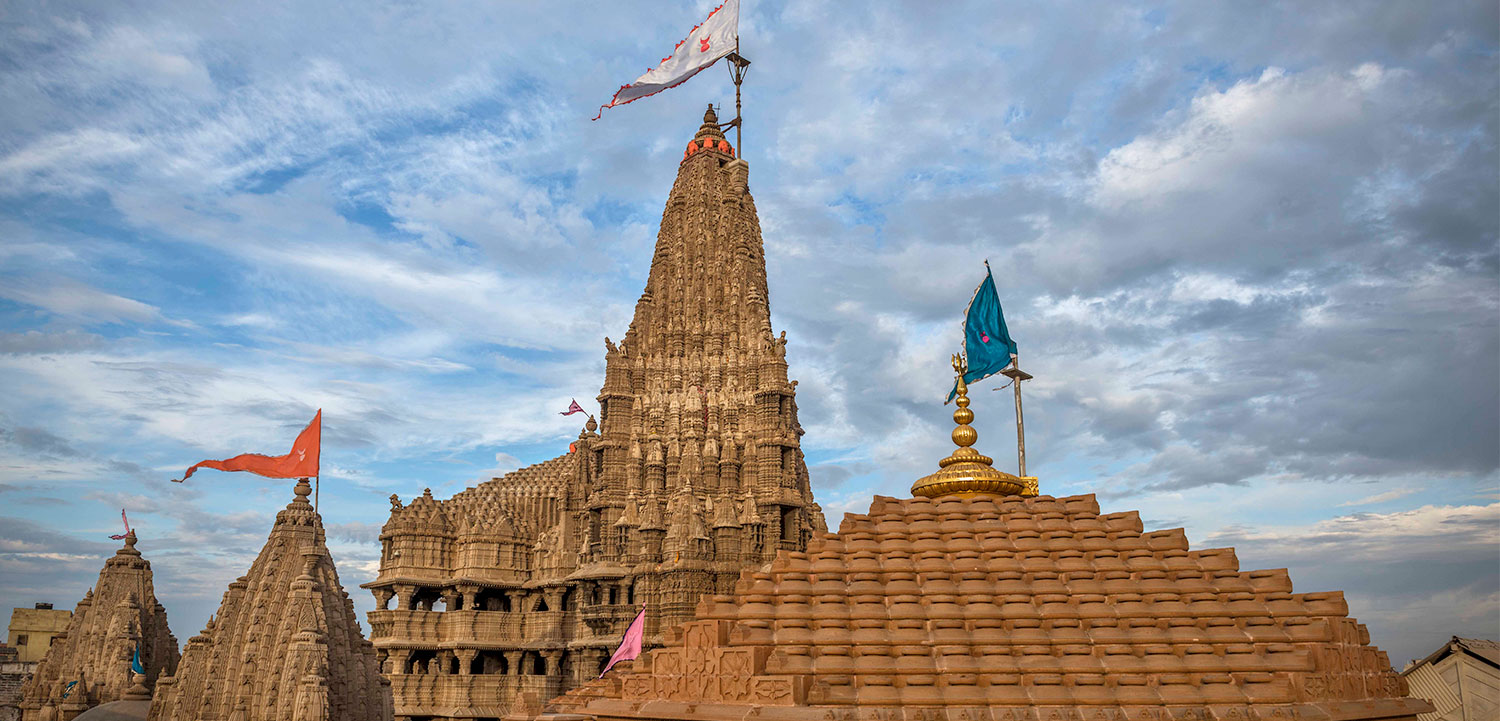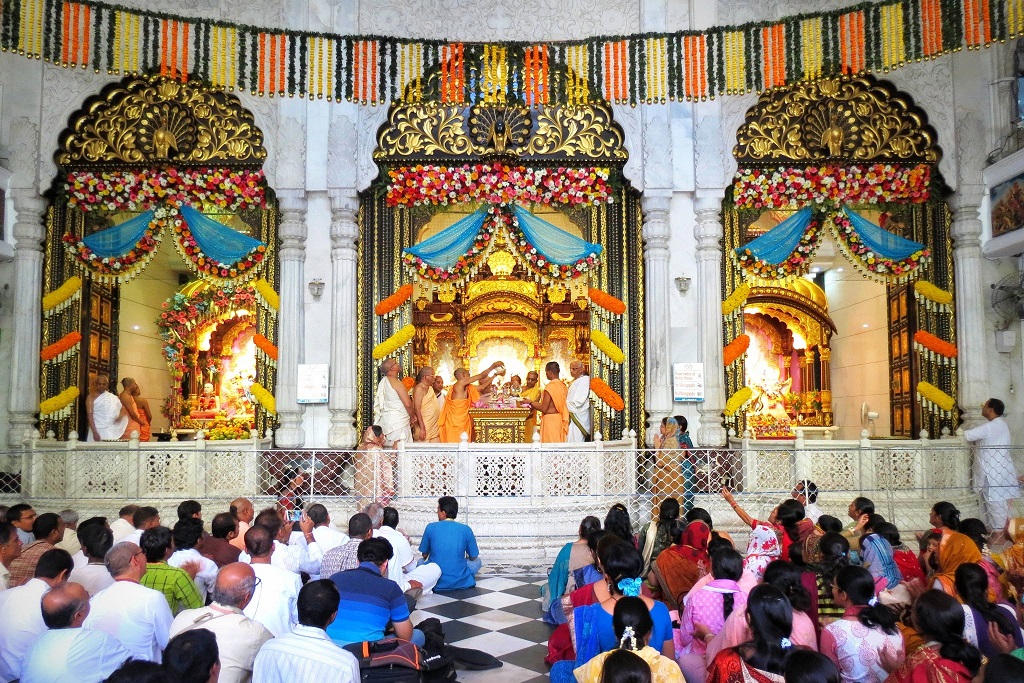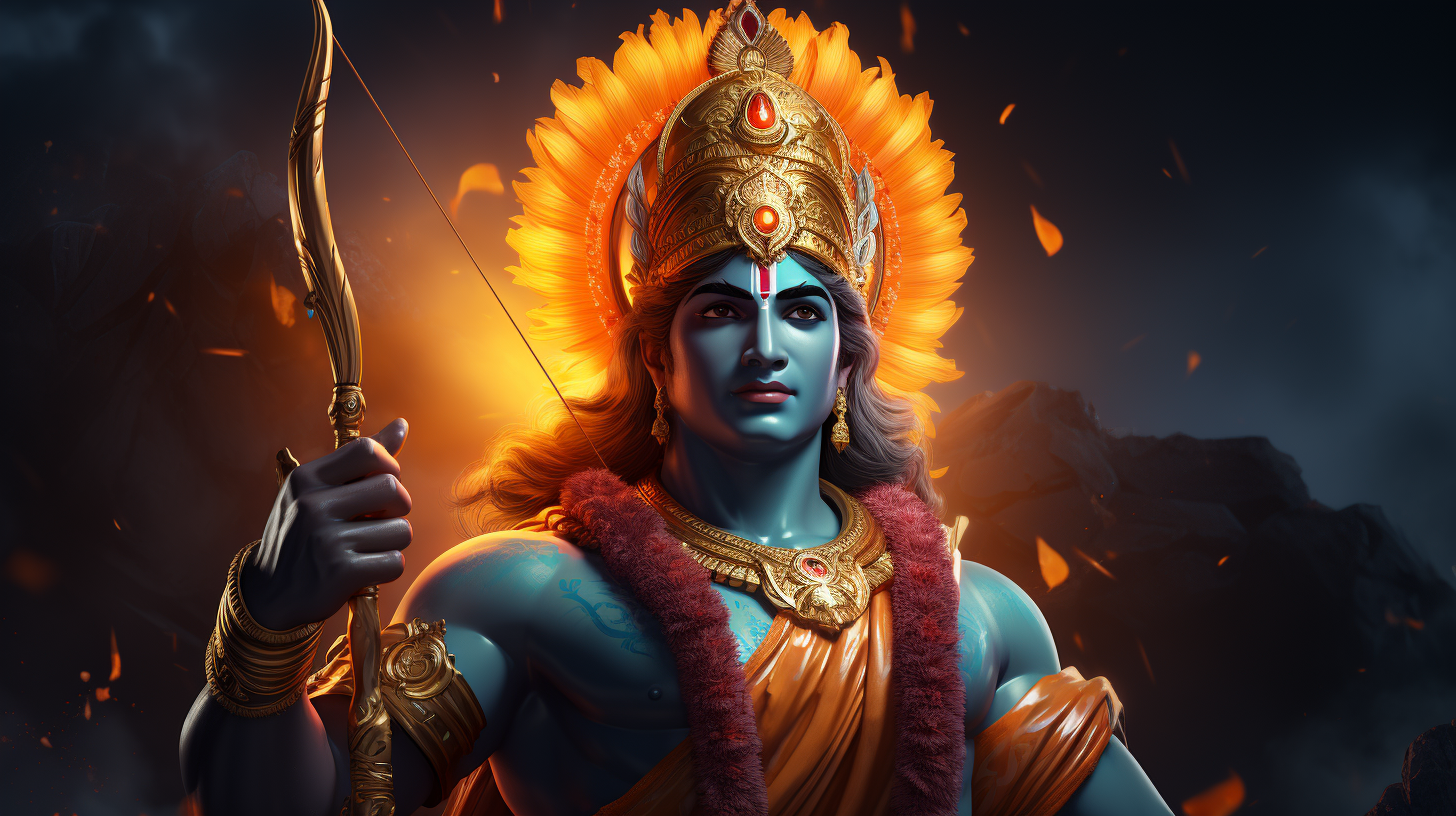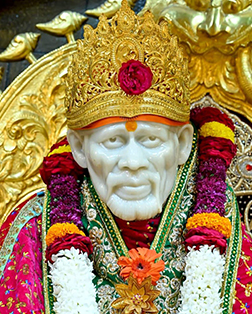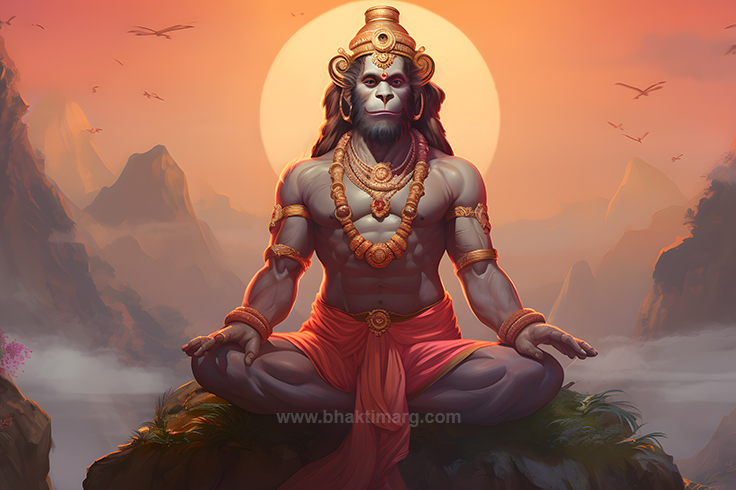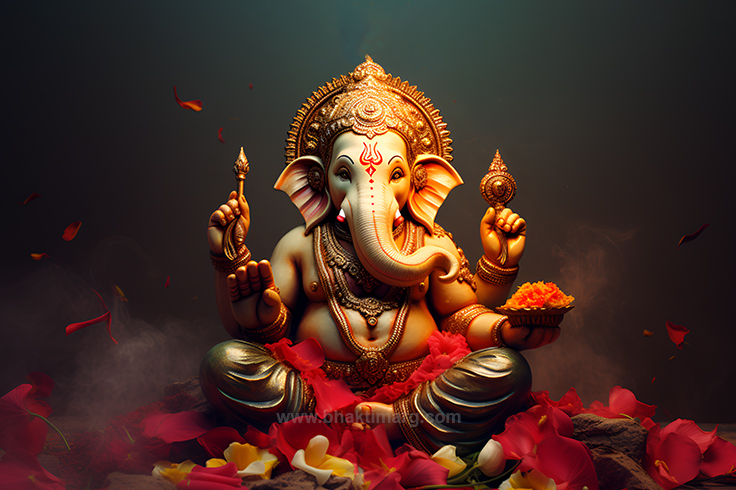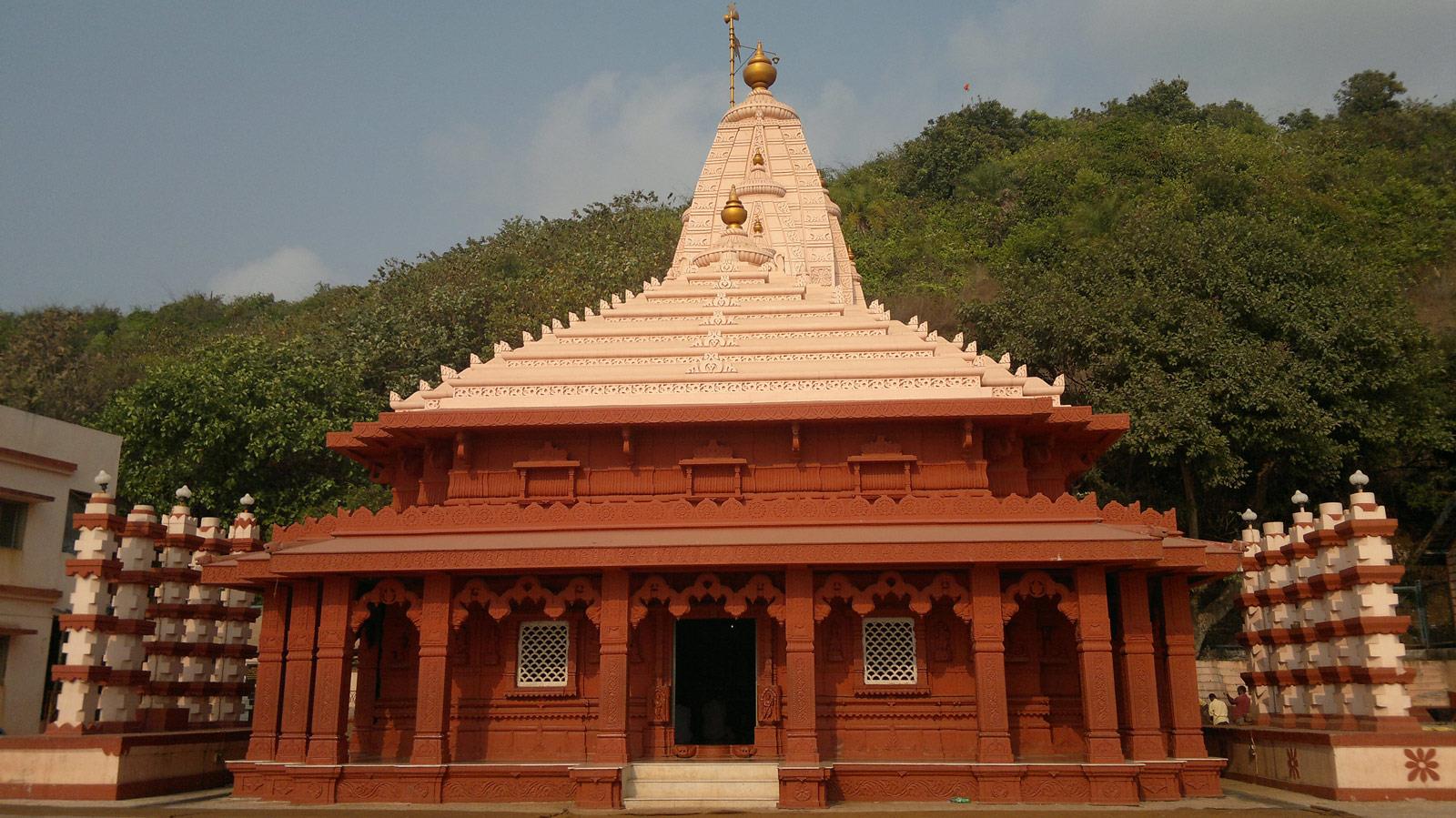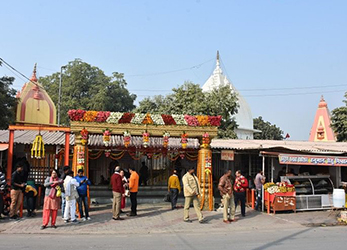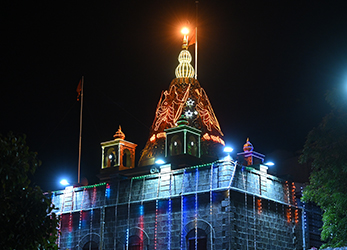
Shri Shirdi Sai Baba Temple
Why is Shirdi Sai Baba Temple Eminent
- Numerous accounts of miracles attributed to Sai Baba during his lifetime have been passed down through generations. These stories of healing, materialization of objects, and foresight elevated his status to that of a saint with divine powers. Devotees believe the Shirdi Sai Baba temple in Maharashtra is a place where they can seek his blessings and experience spiritual and personal transformation.
- The Shirdi main temple complex offers a serene environment for devotees to find solace, engage in prayers, and seek guidance. Many individuals turn to Sai Baba during times of personal challenges, seeking comfort, hope, and answers to life’s questions.
- The Shirdi Baba temple and its associated institutions engage in several charitable activities, including food, medical aid, and education for the underprivileged. These initiatives reflect Sai Baba’s teachings of selfless service and compassion, further endearing him to devotees and the community.
- The teachings of Sai Baba have influenced cultural practices, literature, music, and art. Devotional songs and literature dedicated to Sai Baba have gained popularity, contributing to his fame as a spiritual figure and a cultural icon.
- The Sai Baba Shirdi temple has become a major pilgrimage destination, drawing devotees from across India and the world. The aura of spirituality, the connection to Sai Baba’s physical presence, and the opportunity to participate in rituals and celebrations all contribute to the significance of Shirdi Baba mandir.
The Shirdi Sai Samadhi Temple, also known as the Shirdi Sai Baba Temple, is a renowned and revered place of worship. The Shirdi Sai Baba location is in the town of Shirdi in the Ahmednagar district of Maharashtra, India. The Sai Shirdi temple is dedicated to the spiritual teacher and saint, Sai Baba of Shirdi, who lived during the 19th and early 20th centuries and is venerated by people of various faiths for his teachings of love, compassion, and unity. He attracted a diverse following due to his inclusive and universal approach to spirituality.
According to Bhakti Marg, Saibaba emphasized the importance of devotion, selfless service, and the unity of all religions. Even though he is often called a “Fakir” (a Muslim ascetic), his teachings surpassed religious boundaries. Sai Baba focused on the importance of faith in God, compassion for all living beings, and unity of religions.
The Shirdi temple complex includes various structures, including the main Samadhi Mandir where Sai Baba’s samadhi is situated, the Dwarkamai mosque, and the Chavadi. Sai Baba is said to have spent a significant portion of his life in the Dwarkamai mosque, and he used to stay on alternate nights in the Chavadi building. These locations are important pilgrimage spots in Shirdi Sainath temple and hold spiritual significance for devotees coming for Shirdi darshan. Shirdi Sai Baba mandir is one of the most popular and significant pilgrimage sites in India, with millions of pilgrims and tourists visiting every year. The Shirdi Sai Mandir Trust manages the temple affairs.
The Shirdi Saibaba temple is a symbol of unity and religious harmony, attracting people from various faiths and backgrounds. Devotees visit Sri Shirdi Saibaba temple to offer prayers, seek blessings, and immerse themselves in the presence of Sai Baba. The Shirdi Sai temple in Maharashtra also hosts various rituals, prayers, and festivals throughout the year to honor Sai Baba’s teachings and legacy.
The Chronicle of Shirdi Saibaba Mandir
The history and origin of the Shri Sai Baba temple Shirdi are closely intertwined with the life and teachings of Shri Sai Baba. He is believed to have been born around 1835 in Pathri village in Maharashtra. His early life remains shrouded in mystery and little is known about his parentage and background. He arrived in Shirdi in the mid-19th century and settled there, leading a simple and ascetic life, often sitting under a neem tree and meditating.
Sri Sai Baba’s presence in Shirdi soon began to draw attention. He is said to have exhibited remarkable spiritual abilities and performed numerous miracles, such as healing the sick, materializing objects, and controlling natural elements. His teachings were a blend of Hindu and Sufi philosophies, emphasizing love, compassion, and the unity of all religions.
Sai Baba did not adhere to any particular religion and allowed people of all faiths to come and seek his guidance. He frequently stayed at two locations in Shirdi, Dwarkamai and Chavadi. Dwarkamai was an old mosque where Sai Baba spent a significant part of his life. It became a spiritual center and a place where he helped people and distributed food. Sai Baba also spent time at the Chavadi building, where he would rest. It later became a place of reverence for devotees coming to Sri Sai Baba temple Shirdi.
Sai Baba’s physical form left this world on October 15, 1918. However, his teachings and influence continued to grow even after his demise. The main Shirdi mandir, the Samadhi Mandir, which houses Sai Baba’s final resting place, was constructed around the area where he used to meditate under the neem tree. The Shirdi Devasthan spot is also known as Gurusthan Shirdi.
After Sai Baba’s passing, his devotees and followers began congregating around his samadhi to pay their respects. A devotee named Shreemant Gopalrao Butti (also known as Butti Maharaj) took the initiative to construct a shrine around Sai Baba’s samadhi. The construction of the Shirdi Sai Temple began in the year 1915, for Saibaba’s stay and was completed in1918 by a millionaire from Nagpur and an ardent devotee of Sai Baba, Shreemant Gopalrao Buti. yet with his demise it was turned into Samadhi Mandir and later in 1954, the Italian marble idol of Shri Saibaba was established by Balaji Vasant.
Over time, the Shirdi Sai mandir became a major pilgrimage site, drawing people from all walks of life and various religious backgrounds. The influence of Sai Baba Shirdi mandir continued to expand, and it became a symbol of unity and religious harmony. Click here to see Shri Sai Baba temple Shirdi photos.
The Sai Baba temple Shirdi celebrates various festivals and important dates related to Sai Baba’s life, such as his birth anniversary (Guru Purnima) and the anniversary of his Mahasamadhi. These events attract large gatherings of devotees who come to Shirdi Saibaba mandir to offer prayers, participate in rituals, seek blessings, and have Shirdi Sai Baba prasad.
The Architectural Magnetism
The Shirdi Sai Baba Maharashtra temple is known for its unique architecture that blends both Islamic and Hindu elements, reflecting the syncretic nature of Sai Baba’s teachings and the diverse backgrounds of his followers. The architectural style of the Sai Baba Mandir Shirdi is a blend of Islamic and Hindu influences. The main dome of the Shree Shirdi Saibaba temple, known as the Gumbaz, is a prominent feature. It resembles the domes found in Islamic architecture, particularly in mosques. The arched entrances and windows are reminiscent of Islamic architectural elements. The overall simplicity of the structure of Sai Temple Shirdi and the use of white marble or plastered walls are typical features of Islamic architecture.
The Sai Mandir Shirdi layout follows the traditional Hindu temple plan, with a central sanctum (garbhagriha) that houses the samadhi of Sai Baba. The temple complex features various idols and images of Hindu deities, catering to the beliefs of the diverse devotees who visit the temple.
Main Features
Samadhi Mandir: The central attraction of the complex is the Samadhi Mandir, where Sai Baba’s tomb is situated. Devotees from all over the world come here to pay their respects, pray, and seek Sai Baba’s blessings. At the heart of the original Shirdi Sai Baba temple is a white marble statue of Sai Baba seated in a meditative posture. This statue is behind a silver railing that separates it from devotees. A silver umbrella, symbolizing Sai Baba’s divine presence, is suspended above the marble statue. The umbrella is supported by intricately carved pillars. The samadhi of Sai Baba is situated in the center of the temple, directly in front of the marble statue. It is a raised platform made of white marble adorned with decorative carvings.
Dwarkamai Mosque: Adjacent to the Samadhi Mandir is the Dwarkamai mosque, where Sai Baba spent a significant part of his life. It showcases the interfaith nature of Sai Baba’s teachings, as both Hindus and Muslims consider it a sacred place. The mosque is constructed using rough stone, giving it a rustic appearance. Inside Dwarkamai, there is a fireplace that Sai Baba used to keep perpetually lit, referred to as the “eternal flame” or dhuni. The mosque features a series of archways and stone pillars that divide the space and add to its architectural charm.
Chavadi: The Chavadi is another important structure in the Shirdi Sai Baba mandir Maharashtra temple complex. It was where Sai Baba occasionally slept and symbolized his teachings of simplicity and renunciation. The Chavadi was where Sai Baba’s palkhi (palanquin) procession took place, signifying his interactions with his devotees. Inside the Chavadi, there is a carved wooden seat where Sai Baba used to sit during the processions. This seat is prominently displayed for devotees to see and pay their respects.
Courtyards and Prayer Halls: The Shirdi temple Maharashtra complex features open courtyards for congregational gatherings and prayers. Prayer halls provide spaces for devotional activities and meditation.
Intricate Carvings: Throughout the Shirdi Sai Temple Shirdi complex, you’ll find intricate carvings and decorative details that showcase the skilled artisanship of the artisans involved in its construction. These carvings often depict symbols, patterns, and scenes from Sai Baba’s life and teachings, adding to the aesthetic and spiritual appeal of the site.
Modern Amenities: While preserving the historical and spiritual aspects, the Sri Shirdi Sai Baba mandir management has also modernized the facilities to cater to the needs of the increasing number of pilgrims. The Shirdi main temple Sai Nagar Shirdi Maharashtra includes improved seating arrangements, waiting areas, and Shirdi temple rooms for accommodation. Devotees can have their meals in the Prasadalaya Shirdi Saibaba mandir. Devotees can even go online for Shirdi Saibaba darshan booking.
Location
The Shirdi Sai Baba Ka Mandir is located in Shirdi, a town in the Ahmednagar district in Maharashtra, India. Shirdi is situated approximately 296 kilometers (184 miles) east of Mumbai and about 90 kilometers (56 miles) south of Nashik. The convenient Shirdi Sai Baba temple location is one of the reasons for its popularity. Shirdi Sai Baba temple timings start from the early morning and go up till late night.
The Sai Baba temple Shirdi address is Shri Saibaba Sansthan Trust, (Shirdi), PO: Shirdi Tal. Rahata Dist. Ahmednagar, Maharashtra India,
Darshan Timing & Festival
Open Close Timing : |
4:45 AM to 10:00 PM |
Festivals : |
Guru Purnima |
Temple Information
Basic Services : |
Prasad, Mahabhoj, Security services and Surveillance, Sitting arrangements, Shoe storage space, Darshan Ticket counter, Publication, Accommodation, Donation, E-Library, Membership, and other online services. |
Organized By : |
Shri Saibaba Sansthan Trust, Shirdi |
Dedicated To : |
Shri Saibaba |
Photography : |
Not Allowed |
Entry Fee : |
Starting from 100 |
How to Reach
Address : |
Shri Saibaba Sansthan Trust, Shirdi, Ahmednagar, Maharashtra. |
Roads : |
Maharashtra State Transport buses are available from major cities like Nashik, Mumbai, Aurangabad, Ahmednagar, Pune, Manmad, and Kopargaon to Shirdi. Private air-conditioned buses are also available from various cities of Maharashtra, Telangana, Gujrat, Andhra-Pradesh to Shirdi. |
Nearest Railway : |
Shirdi can be reached from the new railway station at Sainagar, other Railway stations are Manmad-Junction (60 Kms), Kopargaon(22 km), and Nagarsul (50 Kms) on the Central Railway. |
Nearest Airport : |
Mumbai, Pune, Nashik |
Website : |
https://sai.org.in/ |
Social Media : |
Facebook , Instagram, Twitter YouTube |




